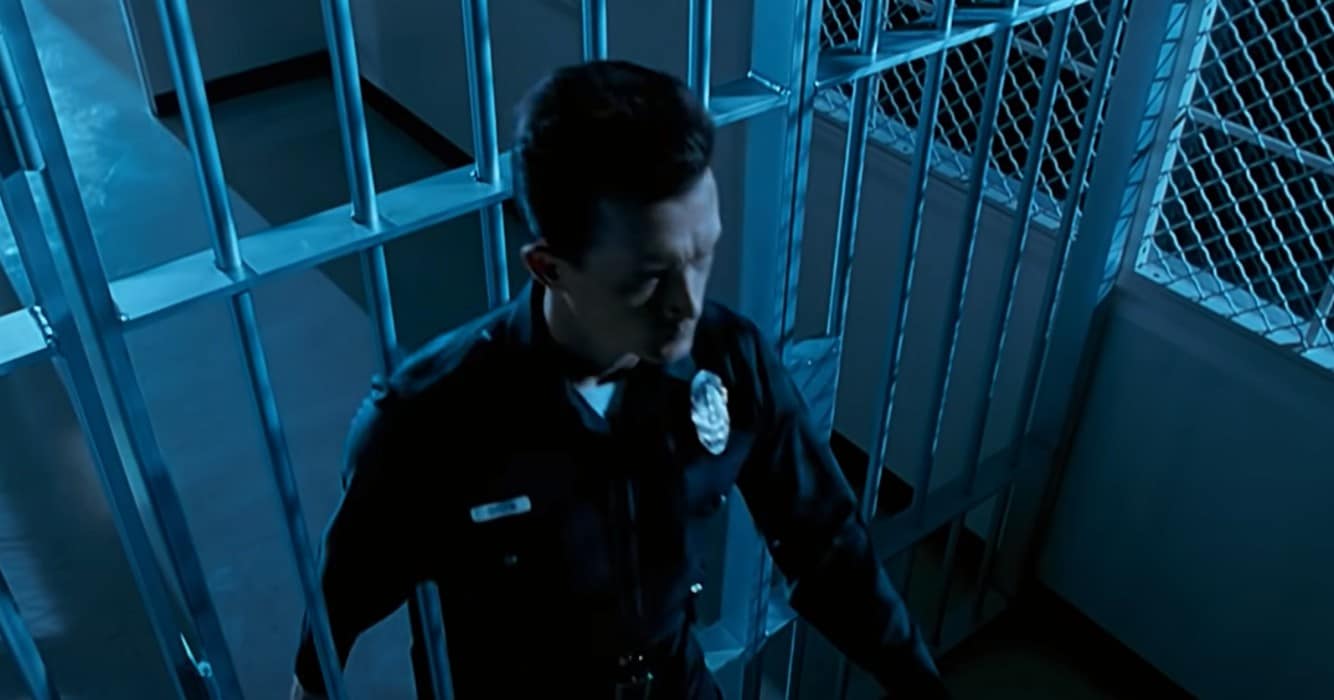Researchers from the Chinese University of Hong Kong and Carnegie Mellon University in the United States have just developed a novel substance that can duplicate the abilities of the T-1000. The small melty men may be able to save some lives with their newly acquired talents, so it’s not all awful, it seems. A tiny robot that resembles a T-1000 Terminator cyborg can be seen fleeing a tiny jail cell in a video that researchers recently published.
How It Happened

To navigate bars, the robot can be seen dissipating into a liquid state. Once liberated, it goes back to being solid. The moment from Terminator 2: Judgment Day where the solid metal T-1000 transforms into a liquid substance in order to glide past a set of bars that were blocking its path while attempting to assassinate Sarah Connor will be remembered by move enthusiasts. It’s wonderful that researchers were able to reassure the public that their robot mini wasn’t responsible for John Connor’s murder.
The Science Behind It

In his explanation of the science underlying the shape-shifting robot, senior author Professor Carmel Majidi said that magnetic particles have a dual role in the process. According to Matter, “One is that they make the material responsive to an alternating magnetic field, so you can, through induction, heat up the material and cause the phase change. But the magnetic particles also give the robots mobility and the ability to move in response to the magnetic field.”
Future research should investigate how these robots might be used in a biomedical setting, the researcher said. “What we’re showing are just one-off demonstrations, proofs of concept, but much more study will be required to delve into how this could actually be used for drug delivery or for removing foreign objects.” she said.
The robot could be used in modern medicine, according to doctor Chengfeng Pan. “Giving robots the ability to switch between liquid and solid states endows them with more functionality. Now, we’re pushing this material system in more practical ways to solve some very specific medical and engineering problems”


